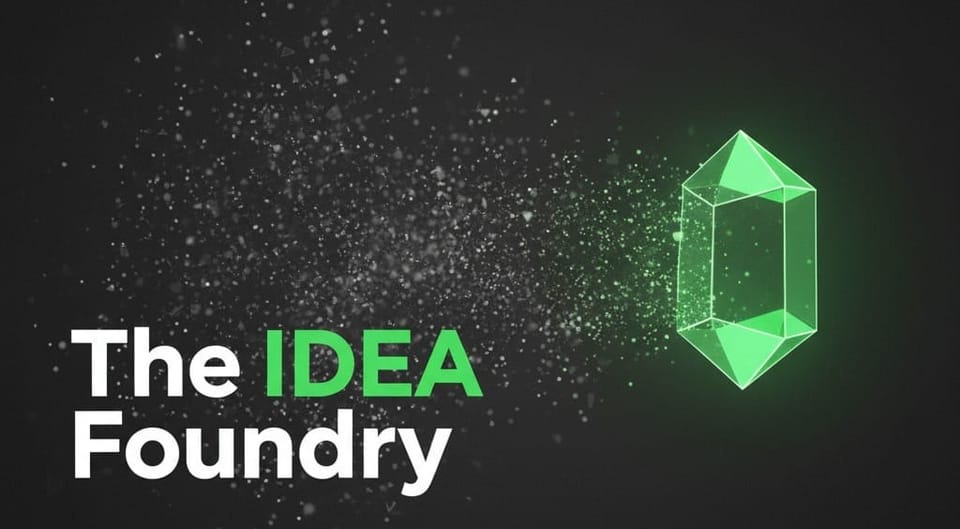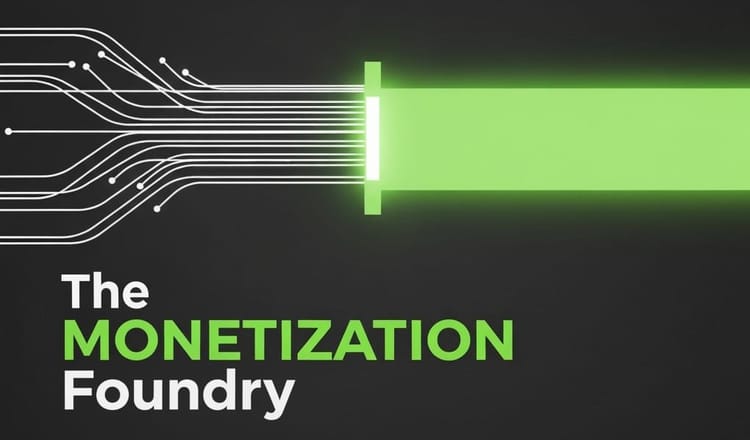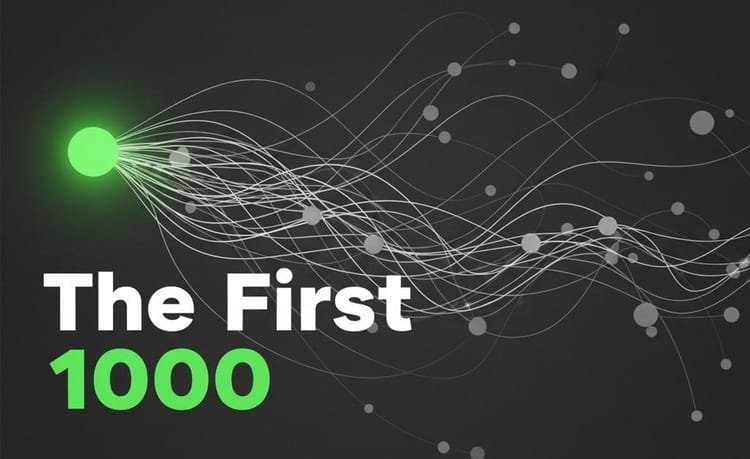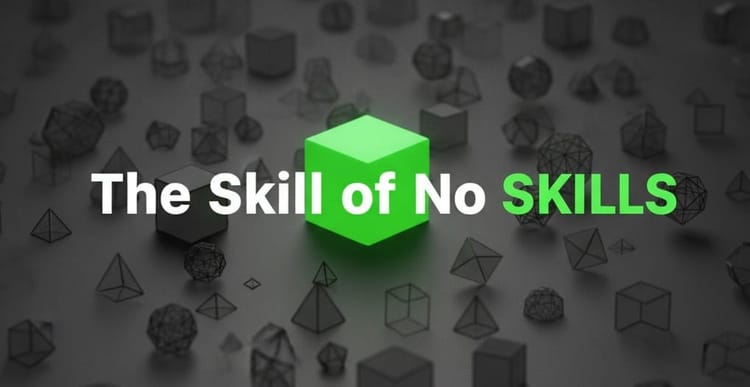The Idea Foundry: A System to Never Run Out of Content Ideas Again

The Idea Foundry: A System to Never Run Out of Content Ideas Again
It's the most terrifying moment for any creator: staring at a blank screen with a deadline approaching. The pressure to be brilliant, original, and consistent every single day is immense. This is the content treadmill, and it's the primary cause of creator burnout.
You've been told to use "content buckets" or "inspiration swipe files," but these are just temporary fixes for a systemic problem. You don't have a creativity problem. You have an operating system problem.
What if you could build a system that generates proven content ideas on demand, making the blank page a thing of the past?
As an analyst, I don't believe in "inspiration." I believe in systems. Early on, I analyzed the output of the most prolific, high-quality creators on the planet. I was searching for the source of their endless creativity. I found something far more interesting: they weren't more creative than anyone else. They simply had better systems for capturing, developing, and multiplying their ideas.
The struggling creator tries to find a new idea every day. They are a hunter, hoping to get lucky.
The successful creator builds a machine that produces ideas. They are a farmer, harvesting from a system they've built.
This guide is the blueprint for that machine. I will show you the three-part system that deconstructs idea generation into a repeatable process.
Pillar 1: The Capture System: Your External Brain
I was interviewing a highly successful newsletter creator. I asked him his secret to writing such unique content every week. He didn't talk about brainstorming. He said, "My writing is just the final 10% of the process. The first 90% is capturing." He showed me his system: a simple app on his phone where he captured every question, observation, quote, and stray thought throughout his day. His content wasn't created on writing day; it was assembled from the building blocks he'd been collecting all week.
Your brain is for having ideas, not for holding them. You must build a frictionless "capture system" to act as your external brain. The goal is to lower the barrier between a fleeting thought and a recorded asset to near zero. An idea that isn't captured is an idea that never existed. Prolific creators are not smarter; they are more diligent note-takers.
Choose a single, universally accessible tool (like Apple Notes, Google Keep, or a dedicated app like Drafts). Make it your "universal inbox." For the next week, your only job is to capture a minimum of 5 "idea seeds" per day: a question you hear, a quote you read, a personal story, a surprising statistic, etc.
Pillar 2: The Core Framework: Your Idea Factory
I analyzed a business creator who had produced a daily video for three years straight without missing a day. His output was astounding. When I mapped his content, I found a stunning pattern. He wasn't talking about thousands of different topics. He was talking about just four core principles, over and over again. One video would be a case study of a principle. The next would be a common mistake related to it. The next would be a personal story. He had an infinite number of camera angles on a finite number of ideas.
You don't need hundreds of ideas. You need 2-5 core "Pillar Principles" that form the foundation of your entire brand. This is your Core Framework. Every piece of content you create is simply an intersection of one of your Pillar Principles and a specific format (e.g., a case study, a how-to guide, a myth-busting post, a personal story). This system turns a few core ideas into an infinite number of content angles.
Define your 2-5 Pillar Principles. What are the fundamental truths you believe about your niche? Now, create a simple matrix. Your principles are the columns. Content formats are the rows. Every intersecting cell is a new, proven content idea waiting to be made.
Pillar 3: The Audience Mining Protocol: Your Infinite Idea Well
I was deconstructing the content strategy of a popular programming channel. I noticed his most popular videos weren't about broad topics, but hyper-specific problems. I reached out and asked how he found these ideas. His answer was simple: "I don't. My audience does." He showed me a spreadsheet where he tracked every single question asked in his comments, his DMs, and on community forums like Reddit. He wasn't guessing what his audience wanted; he had a database of their exact pain points.
Your audience's problems are the most valuable resource you have. You must build a systematic process for "mining" these problems. Every question is a content idea. Every point of confusion is a content idea. Every frustration is a content idea. Your job is not to invent, but to listen and solve.
Create a simple system to track audience questions. It could be a spreadsheet, a Trello board, or just a dedicated note. Spend 20 minutes a day actively looking for problems—in your own comments, in Facebook Groups, on Reddit, on Quora. Your goal is to find the exact language people use to describe their pain points. Turn those questions directly into content titles.
Why It Matters
Consistency is the single biggest predictor of success in the creator economy. But consistency without a system leads directly to burnout. By building an Idea Foundry, you separate your daily performance from your creative "mood." You stop being an artist waiting for a muse and start being an engineer operating a machine. This is the key to professional, sustainable output.
CTA
I've turned my personal system for this into a template. It's the exact Notion dashboard I use to capture, develop, and organize my ideas. Subscribe to Monetize Foundry, and I'll send you my "Content Generation Machine" template for free.



Member discussion